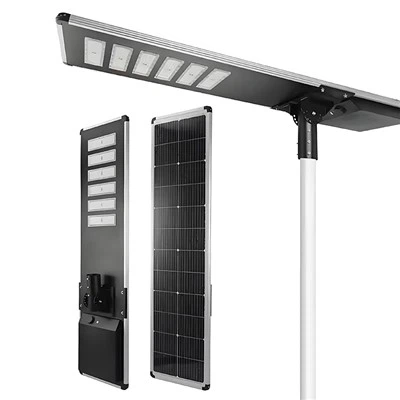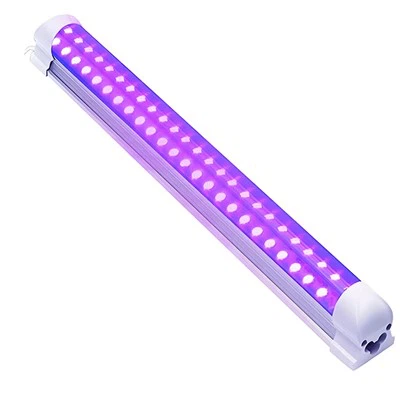The two most common wavelengths for ultraviolet light-emitting diode lights are 365 and 395 nanometers. Despite their seeming similarities, these wavelengths really have important distinctions that must be understood.
1. Wavelength:
The primary difference between 365 nm and 395 nm UV LED lights is the length of the light waves themselves. The wavelength of 365 nm is shorter than that of 395 nm, allowing it to penetrate certain materials more thoroughly than the greater wavelength.
This distinction is very crucial in forensics and other sorts of investigative work. For example, if you wanted to detect blood stains on laundered cloth, you might use a 365 nm UV LED light. This is because the shorter wavelength may penetrate deeper into the cloth, detecting stains that would be invisible to the human eye or with a 395 nm light.
However, there are certain situations in which a 395 nm UV LED light may be more beneficial. For example, if you were utilizing UV light to identify counterfeit money or other forms of fraud, you would want a light that could detect watermarks and other characteristics that are only visible at certain wavelengths of light. In this scenario, a 395 nm UV LED light may be more effective than a shorter wavelength.
Another factor to consider while deciding between 365 nm and 395 nm UV LED lights is the degree of safety. While both kinds of lights are generally safe when used appropriately, a 365 nm light may be more harmful if used incorrectly. This is because the shorter wavelength may enter the skin deeper and trigger DNA damage inside our cells. As a result, it is essential to exercise care while utilizing a 365 nm UV LED light and to always wear suitable protective clothing (such as gloves and goggles) when working with this equipment.

2. Application
UV LED lights are useful in a variety of applications, including printing and curing, counterfeit detection, forensic investigation, and water purification, to mention a few. The wavelength of ultraviolet light impacts its usefulness in various applications.
The 365 nm UV LED light has a shorter wavelength and is more effective in detecting counterfeit banknotes, IDs, and credit cards. It may also be used for medical and forensic purposes, including as identifying body fluids and examining blood stains. 365 nm UV LED lights are also useful for curing adhesives, coatings, and inks because of their high energy output and short wavelength.
On the other hand, 395 nm UV LED light has a longer wavelength and is more effective in curing UV-sensitive materials like inks, paints, and varnishes. It may also be used to sterilize and disinfect medical and dental equipment, as well as in water treatment facilities to eliminate hazardous bacteria and viruses from water sources.
In terms of appearance, the 395 nm UV LED light produces a richer purple hue, whilst the 365 nm UV LED light seems significantly bluer. This hue variation may not be important in many applications, but it might affect the atmosphere of particular settings, such as clubs, bars, and restaurants.
3. Cost
UV LED lights with a frequency of 365 nm and 395 nm are used for different things and cost different amounts. 365 nm UV LED lights give off short-wave UV light that is used a lot in science and crime scenes and costs more to make. 395 nm UV LED lights, on the other hand, give off long-wave UV light that is more widely used in many situations and costs less. No matter what kind of UV LED lights are used, they are a more efficient way to send out ultraviolet light than standard UV lamps. This is why many businesses choose them.
While the difference between 365 nm and 395 nm UV LED lights may seem small, it is important to understand which wavelength is best suited for your particular application. Both wavelengths have unique properties that make them ideal for specific uses. Remember to always follow safety guidelines when working with UV LED lights, as they can be harmful to the eyes and skin. With proper use and safety precautions, UV LED lights can be a highly effective tool for sterilization, detection, and curing applications.







